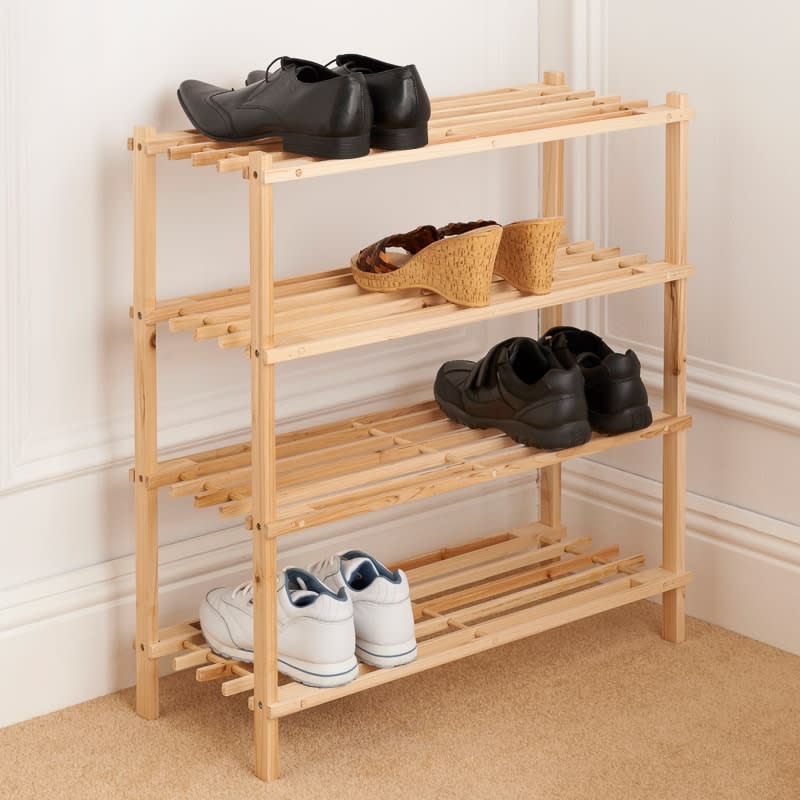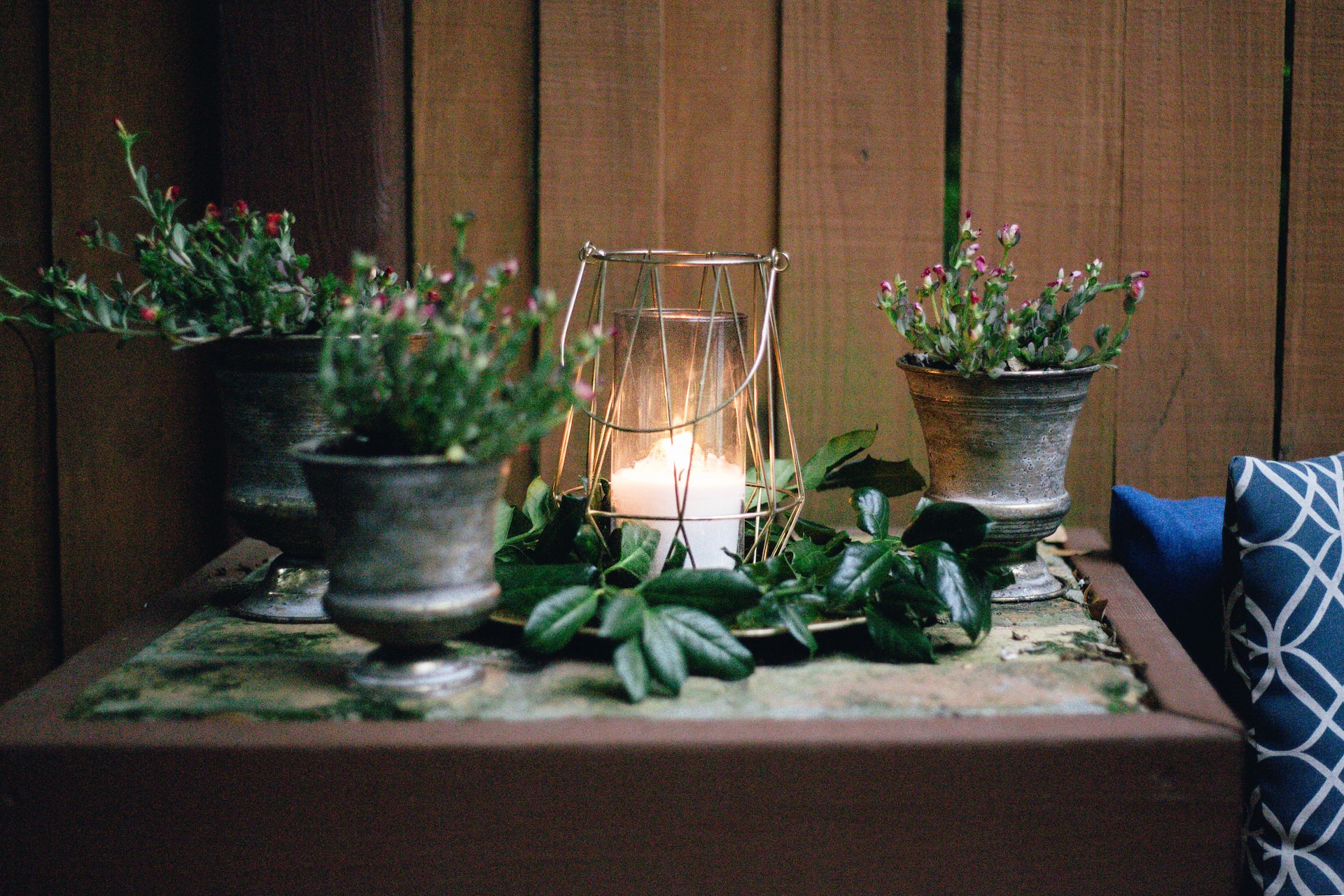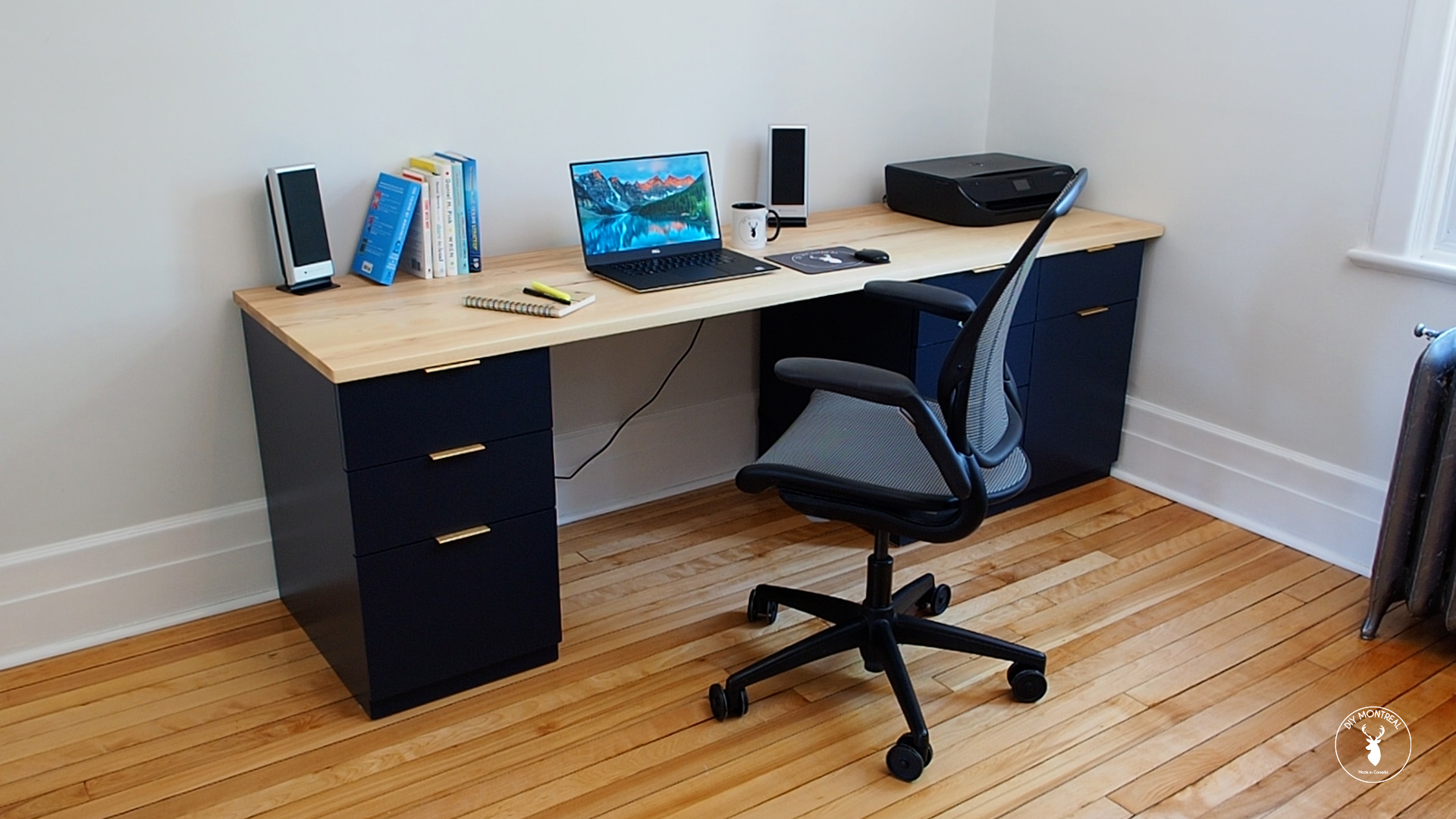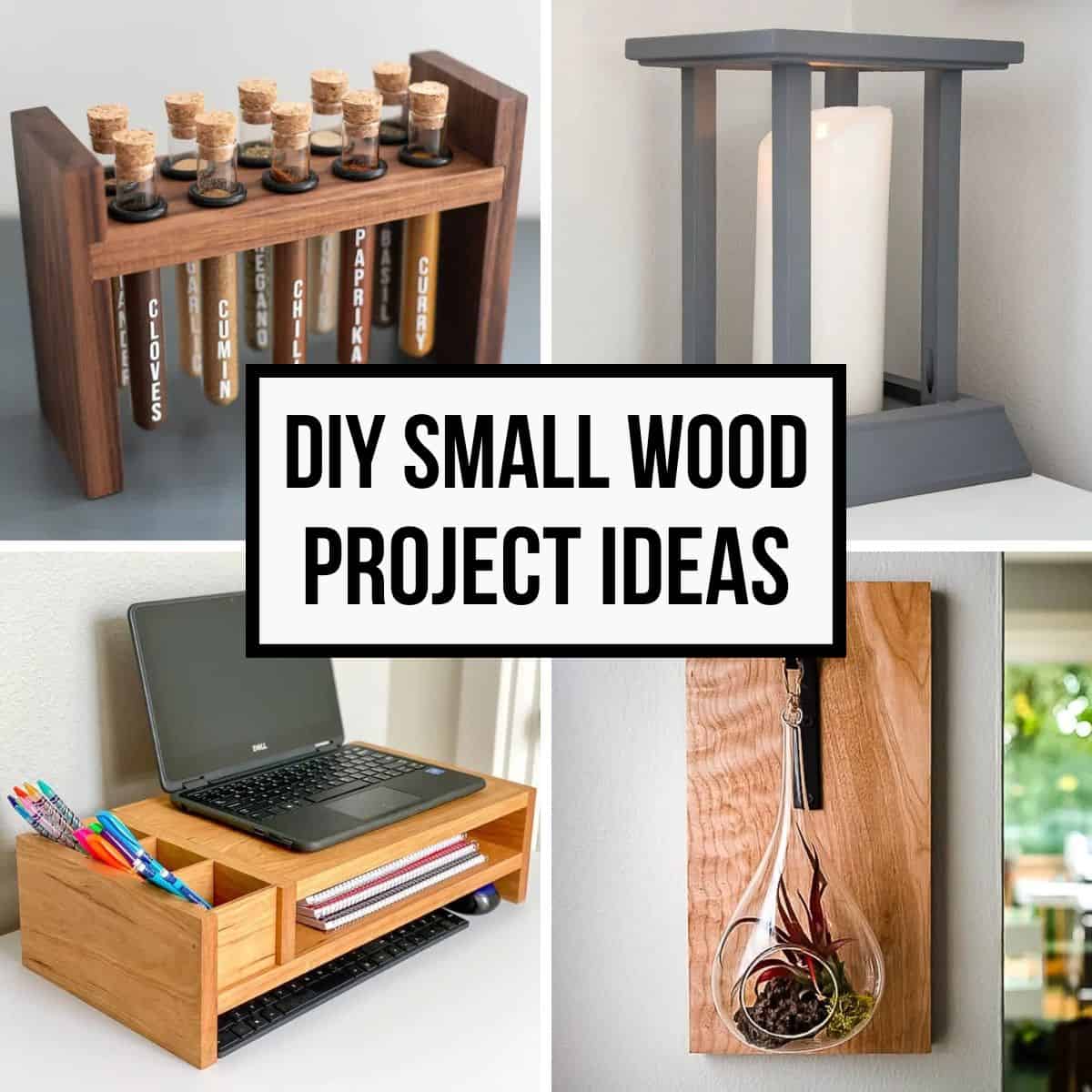
Wooden Shoe Racks: The Perfect Solution for Tiny Apartments
Let's face it, shoe storage can be a nightmare, especially if you live in a small apartment. But fear not! There are some fantastic wooden shoe racks out there that are not only functional but also stylish enough to complement your decor. And the best part? They're designed to fit even the most cramped spaces. So, whether you're dealing with a tiny closet or a shoe-overflowing entryway, a wooden shoe rack can be your savior.
Let's take a look at what makes wooden shoe racks so great for small spaces and explore some of the amazing options available.
Why Choose Wooden Shoe Racks?
There are tons of reasons why wooden shoe racks are a top choice for small spaces.
- Space-Saving Design: Wooden shoe racks are often designed with vertical storage in mind, which means they can hold a surprising number of shoes in a relatively small footprint.
- Durability: Wood is a strong and durable material that can withstand the weight of your footwear, even if you have a collection of heavy boots.
- Aesthetic Appeal: Wooden shoe racks come in a variety of finishes and styles, so you can find one that perfectly matches your decor, adding a touch of warmth and natural beauty to your home.
- Versatility: Wooden shoe racks can be used in various areas of your home. From the entryway to the bedroom closet, they're incredibly versatile.
Types of Wooden Shoe Racks for Small Spaces
There's a whole world of wooden shoe racks out there, each with its own unique features. Let's break down some of the most popular styles that work wonders in small apartments.
1. Over-the-Door Shoe Racks
Over-the-door shoe racks are a lifesaver for those who want to maximize their closet space without sacrificing floor space. They're often made of lightweight wood and feature a series of shelves or pockets that easily attach to the back of your door. This makes them ideal for storing sneakers, sandals, and even small boots.
2. Slim Shoe Racks
Slim shoe racks are designed to fit in tight corners or against walls, making them perfect for narrow entryways or small closets. They typically have a narrow footprint but offer multiple tiers of storage to hold several pairs of shoes.
3. Stackable Shoe Racks
Stackable shoe racks are modular and can be arranged in different configurations to suit your needs. You can start with a single unit and add more as your shoe collection grows. This flexibility is particularly helpful in small spaces where you want to adjust storage as needed.
4. Tiered Shoe Racks
Tiered shoe racks are similar to stackable ones but offer a more integrated look. They have multiple tiers that are connected, providing a seamless storage solution. The tiered design allows for efficient storage and easy access to your shoes.
Tips for Choosing the Perfect Wooden Shoe Rack
Now that you know the different types of wooden shoe racks, here are some crucial tips to help you pick the right one for your small space:
- Measure Your Space: Before heading to the store or browsing online, take accurate measurements of the area where you plan to place the shoe rack. This will ensure that the rack fits perfectly and doesn't feel cramped.
- Consider Your Shoe Collection: Do you have a lot of high heels, bulky boots, or a mix of both? The type of shoe rack you choose should be able to accommodate the different sizes and shapes in your collection.
- Prioritize Functionality: Think about how you'll access your shoes. Choose a shoe rack with a design that allows for easy retrieval and organization.
- Match Your Decor: Consider the overall style of your home. Choose a wooden shoe rack with a finish and design that blends seamlessly with your existing furniture.
- Read Reviews: Before making a purchase, take the time to read reviews from other buyers. This will give you insights into the quality, durability, and overall satisfaction with the shoe rack you're considering.
Benefits of Using Wooden Shoe Racks
Beyond saving space, wooden shoe racks offer several benefits that make them a wise investment for any small apartment dweller:
- Organization: Wooden shoe racks create a dedicated storage space for your shoes, keeping them organized and easy to find.
- Protection: By storing shoes on a rack, you help prevent them from getting scratched, damaged, or dusty.
- Increased Floor Space: Wooden shoe racks free up valuable floor space in your apartment, making your home feel more spacious and less cluttered.
- Enhanced Aesthetics: A stylish wooden shoe rack can add a touch of elegance and warmth to your home.
Commonly Asked Questions
Here are some frequently asked questions about wooden shoe racks and small spaces.
1. Where can I find wooden shoe racks?
You can find wooden shoe racks in a variety of places, including:
- Home improvement stores: Stores like Home Depot, Lowe's, and IKEA often carry a wide selection of wooden shoe racks.
- Furniture stores: Many furniture stores have a dedicated section for home organization, including shoe racks.
- Online retailers: Amazon, Wayfair, and Overstock are great options for finding a wide range of wooden shoe racks, from simple to more elaborate designs.
2. How much do wooden shoe racks cost?
Wooden shoe racks come in a variety of price ranges, depending on the size, style, and brand. You can find basic over-the-door racks for under $20, while more elaborate tiered or stackable racks can cost upwards of $100. Do some research to find a shoe rack that fits your budget.
3. What are some tips for organizing shoes on a rack?
Here are some tips for organizing your shoes on a wooden shoe rack:
- Sort by type: Group similar shoe types together, such as sneakers, sandals, heels, and boots.
- Place frequently worn shoes at the front: Keep the shoes you wear most often within easy reach.
- Use dividers: If you have a lot of shoes, consider using dividers to create separate compartments within your shoe rack.
- Rotate your shoes: Rotate your shoes regularly to prevent them from getting worn out in the same spots.
With the right wooden shoe rack, you can conquer the clutter in your small apartment and finally create a shoe storage solution that works for you.

















